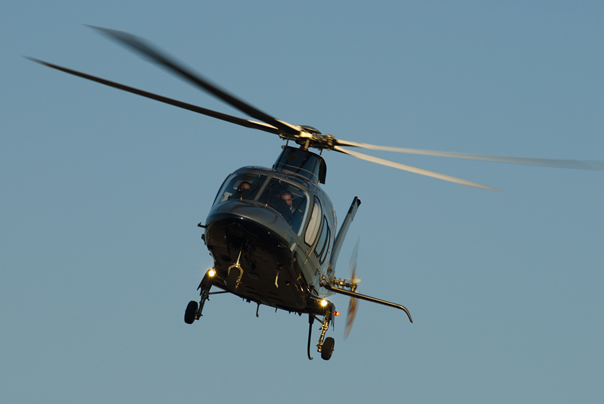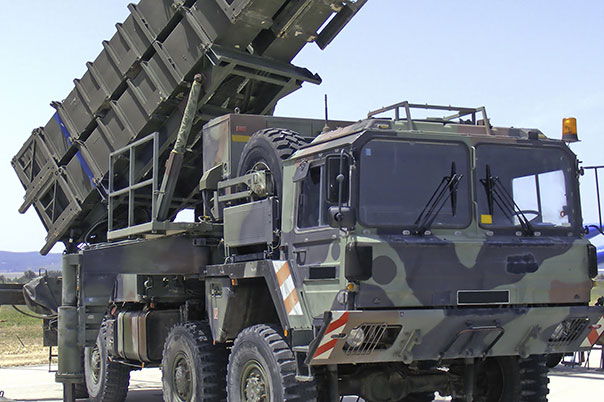In the ever-advancing field of aerospace engineering, composites have revolutionized how aircraft are designed and built. Aerospace composites, composed of lightweight and high-strength materials, have played a pivotal role in improving modern aircraft’s performance, efficiency, and safety.

This article explores the evolution, advantages, and future prospects of aerospace composites.
Evolution of Aerospace Composites
The use of composites in the aerospace industry can be traced back to the early 20th century when wood and fabric were employed in aircraft construction. However, it was in the 1960s and 1970s that significant advancements were made in composite materials, with the introduction of fiberglass and carbon fiber-reinforced polymers (CFRP). These materials offered superior strength-to-weight ratios and enhanced resistance to fatigue compared to traditional metals.
Advantages of Aerospace Composites
- Lightweight Construction: One of the most significant advantages of aerospace composites is their lightweight nature. Compared to conventional metals, composites can significantly reduce the weight of aircraft structures, resulting in enhanced fuel efficiency, extended range, and increased payload capacity. This weight reduction translates into reduced operating costs and environmental impact.
- High Strength and Stiffness: Despite their lightweight properties, aerospace composites exhibit exceptional strength and stiffness. Carbon fiber composites, in particular, possess a strength-to-weight ratio far superior to that of metals. This high strength allows for the design of structures that can withstand the extreme stresses and forces experienced during flight, ensuring the safety and reliability of the aircraft.
- Fatigue Resistance: Composites are highly resistant to fatigue, which is the progressive weakening of materials under cyclic loading. The fatigue resistance of composites allows for longer service life and reduced maintenance requirements, resulting in cost savings for airlines and operators.
- Corrosion Resistance: Unlike metals, composites are impervious to corrosion caused by moisture, chemicals, or environmental factors. This resistance to corrosion eliminates the need for regular inspections and maintenance associated with metal structures, reducing downtime and increasing operational efficiency.
- Design Flexibility: Composites offer designers unparalleled freedom in shaping and forming aircraft components. The ability to mold and fabricate composites into complex geometries allows for improved aerodynamics, reduced drag, and better integration of various systems, leading to increased overall performance.
- Acoustic Damping: Aerospace composites exhibit excellent acoustic damping properties, reducing noise and vibrations within the aircraft cabin. This not only enhances passenger comfort but also contributes to the overall safety and well-being of those on board.
Future Prospects
The future of aerospace composites looks promising, with ongoing research and development focused on further enhancing their properties and capabilities. Some of the key areas of advancement include:
- Advanced Composite Materials: Scientists and engineers are continually exploring new composite materials, such as nanocomposites and ceramic matrix composites, to push the boundaries of performance and durability.
- Manufacturing Techniques: Innovations in manufacturing processes, such as automated fiber placement and additive manufacturing, are making composite production more efficient, cost-effective, and scalable.
- Integration of Smart Materials: The integration of innovative materials, such as shape memory alloys and self-healing composites, into aerospace structures, could offer enhanced functionality and damage tolerance.
- Sustainability: Efforts are being made to develop sustainable composite materials that minimize environmental impact while maintaining performance characteristics. This includes exploring bio-based resins and recyclable composites.

Aerospace composites have revolutionized the aviation industry, providing lightweight, high-strength, and fatigue-resistant materials for aircraft construction. The advantages offered by composites, including weight reduction, increased fuel efficiency, corrosion resistance, and design flexibility, have significantly improved aircraft performance and safety.
Learn more at Wiki as well.
